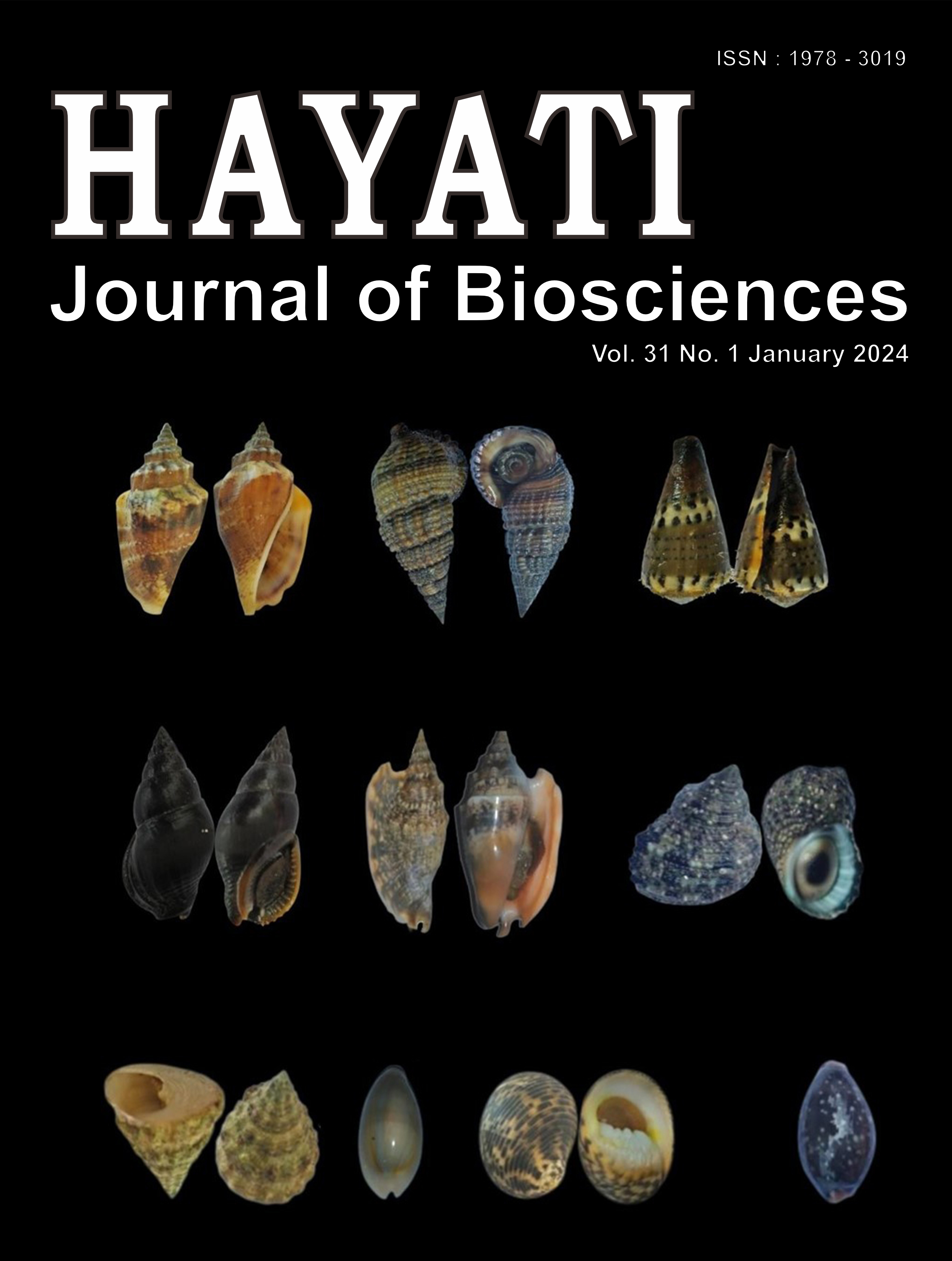Oxidative Stress, Hypoxia-Inducible Factor-1α, and Nuclear Factor-Erythroid 2-Related Factor 2 in the Hearts of Rats Exposed to Intermittent Hypobaric Hypoxia
Abstract
Hypobaric hypoxia is situation that might occur to helicopter pilots in Indonesia who must fly at an altitude of more than 3,048 m such as in Papua. It can be dangerous because hypoxic condition can affect person's performance. So far, the heart is known as an aerobic organ and very sensitive to hypoxic conditions. Hitherto, the effects of hypobaric hypoxia exposure on biomolecular aspects of the heart are still unclear. Therefore, this study assessed cardiac response in rats exposed to intermittent hypobaric hypoxia (IHH) (equivalent to 3,048 meters/10,000 feet). Sprague-Dawley rats were divided into six groups: control; acute hypobaric hypoxia (AHH); and IHH, for 7; 14; 21; and 28 days. We measured super oxide dismutase (SOD), catalase (CAT), glutathione peroxidase (GPx) activities, reduced glutathione (GSH), malondialdehyde (MDA), cytoglobin, myoglobin, HIF-1α, and Nrf2 level as our parameters. Activities of SOD, CAT, GPx and GSH increased while the levels of MDA, cytoglobin, myoglobin, HIF-1α, and Nrf2 decreased in all IHH groups compared with the AHH group. A biphasic pattern was observed as IHH sessions increased from 14 to 21 or 28. Where the IHH treatment for more than 14 sessions caused a decrease in endogenous antioxidants, but the response to hypoxia and oxidative stress increased. Our findings presented the molecular alterations of cardiac rats exposed to intermittent hypobaric hypoxia.
Downloads
Copyright (c) 2023 Wardaya Wardaya, Wawan Mulyawan, Sri Widia A Jusman, Mohamad Sadikin

This work is licensed under a Creative Commons Attribution-NonCommercial 4.0 International License.
HAYATI J Biosci is an open access journal and the article's license is CC-BY-NC. This license lets others distribute, remix, tweak, and build upon author's work, as long as they credit the original creation. Authors retain copyright and grant the journal/publisher non exclusive publishing rights with the work simultaneously licensed under a https://creativecommons.org/

























.png) IPB University
IPB University Department of Biology
Department of Biology The Indonesian Biological Society
The Indonesian Biological Society 

